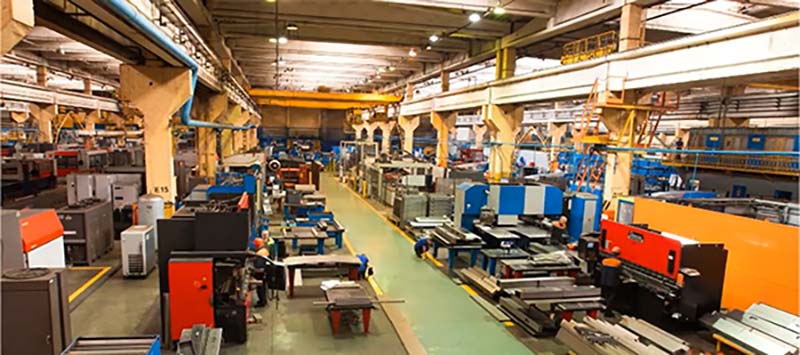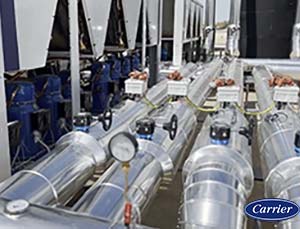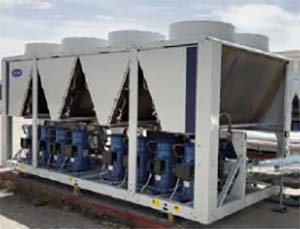
Plant Decarbonisation


Project description: Traditional hydronic system replaced with heat pumps
The current context and commitments to reduce greenhouse gases to mitigate the impact of climate change is one of the biggest challenges facing the industry in Spain. Increasing energy efficiency in heating and cooling generation, integrating renewable energies and reducing the consumption of fossil fuels will help to reduce the environmental impact of these systems and make our industries more competitive.
In this case study, an equipment manufacturer successfully decarbonised the heating and refrigeration system at its Madrid plant, by incorporating air-to-water heat pump units.
The project aimed to reduce the installation's environmental impact and associated energy costs, and eliminate the need to use fossil fuels.
This action reduced the system's energy consumption and CO2 emissions, (both direct and indirect), and minimised the facility's operating costs.
Study of the existing system
The original installation had two chillers with air-cooled condensers and screw compressors for cooling, and three natural gas boilers for heating. These units supplied hot and cold water to the air handling units and fan-coil terminal units used to air-condition the company's plant and office buildings.
A monitoring system also provides information on the energy demand and energy consumption of both systems. In this way, it will be possible to adjust the heat capacity of the proposed system and calculate the energy saving obtained.
Proposed solution
The proposed solution includes four AquaSnap® heat pump units with air-cooled condensers and scroll compressors, with R32 refrigerant. These units will cover the needs of the hot and cold water system throughout its operating period.

- Characterising the heating and cooling demand
- Defining the required temperatures
- Analysing the available area and other constraints of the installation
- Establishing the control strategy
SUSTAINABLE: The heat pumps enable fuel consumption to be minimised.
INTEGRABLE: The incorporation of heat pump units relies on correct design, with attention paid to every detail.
SCALABLE: Units can be added as required.
RELIABLE: The technology used in these units is the product of years of experience.
Along with energy efficiency and new refrigerants, electrification of heating and cooling is key to reducing the environmental impact of industry. Using heat pumps makes it possible to replace fossil-fuelled equipment with units that use electricity as an energy source. It is important to ensure that the right technology is chosen to meet the needs of the installation by reviewing the most important factors:
- Map of operations: Firstly, it is necessary to check the outdoor temperature ranges where the unit can operate; secondly, it must be ensured that the hot and cold water temperatures required by the installation can be generated.
- Adaptability: The heat pump units can be configured with options and accessories to increase their energy efficiency or to simplify installation or maintenance.
- Reliability: Optimum reliability is guaranteed thanks to our experience in manufacturing this technology, the use of specialised laboratories and performance of factory acceptance tests before the equipment is delivered for on-site installation.


